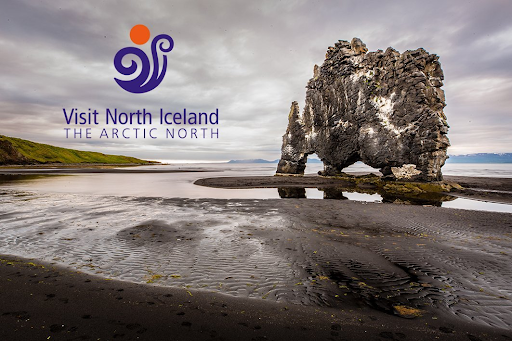
19 Aug Making Sustainable Travel Pages Easy to Find
As more travelers seek meaningful, responsible experiences, DMOs have an opportunity to guide them. But even the most thoughtful sustainability content won’t make an impact if it’s buried three clicks deep.
Want to encourage responsible behavior? Start by making it easy to find.
Why Visibility Matters
Travelers rarely dig through a site looking for eco-friendly guidance. If sustainable travel information isn’t front and center, they may never see it and let alone follow it. When sustainability messaging is clearly labeled, placed in high-traffic areas of a site, and written in engaging, actionable language, it signals that your destination takes responsible travel seriously. It also makes it easier for visitors to align their actions with local values.
Feature Your Sustainability Page Prominently
Your sustainability page should be as accessible as your top attractions or trip planning tools. Consider adding it to your homepage navigation, using banners or quick links in popular content, or even including tips in your travel planner tools.
Here are three DMOs doing it well:
At the regional level, North Iceland created dedicated navigation and integrated messaging. They include “Sustainable Traveling” as a key item under its main “Travel Info” menu. The page blends environmental stewardship with cultural and community-focused tips, making it part of the overall planning experience, not an afterthought.
This is an example of making sustainable travel tips part of the travel information journey, not siloed in a CSR section.
We also like the great work being done by Belfast and Bergen.
Visit Belfast prioritizes user-friendly content. They place their “Sustainable Belfast” page under the “Plan” tab which is a natural place for trip research and uses easy-to-read subheadings, colorful icons, and clear calls to action. Their message? Sustainability is part of planning from the start.
This example highlights the importance of matching content structure to user behavior. Embed responsible travel guidance where people are already looking.
Finally, over to Norway, Visit Bergen messages using bite-sized, actionable advice. They offer simple and skimmable “10 Tips” guides for a variety of situations full of relevant local suggestions. In fact, many other destinations have tips and guides but what’s unique about Visit Bergen is that these tips are the first to appear under their “Inspiration” tab and emphasizes small changes that make a big difference.
The strategy to note here is to keep it digestible. Lists and visual tips help travelers quickly absorb (and remember) what they should do.
How to Improve Your Own Sustainability Page Visibility
Here are some quick wins for your DMO:
- Add a “Sustainable Travel” link to your main navigation bar or homepage.
- Create short, actionable content travelers can use immediately (e.g., “Top 10 Tips”).
- Use visuals, icons, and friendly language to boost engagement.
- Cross-link from popular planning tools or booking pages.
- Update content regularly and tie it to seasonal or local events.
Making your sustainable travel messaging visible isn’t just good UX, it’s good destination stewardship. When visitors can easily find and act on sustainability tips, they’re more likely to respect your community, your environment, and your values.
Responsible travel starts with responsible communication. Make it easy.

